1. What is SS-31?
SS-31, also known as Elamipretide, is a synthetic mitochondria-targeted tetrapeptide developed to protect and restore mitochondrial function. It selectively binds to cardiolipin, a phospholipid unique to the inner mitochondrial membrane, stabilizing mitochondrial structure, reducing oxidative stress, and improving ATP production. SS-31 has been studied for its potential in treating age-related diseases, mitochondrial dysfunction, and organ protection.
2. SS-31 Structure
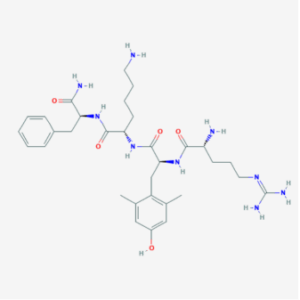
【pictures linking,https://pubchem.ncbi.nlm.nih.gov/compound/11764719#section=Structures】
Sequence: D-Arg-Tyr(2,6-diMe)-Lys-Phe
Molecular Formula: C32H49N9O5
Molecular Weight: 639.8 g/mol
PubChem CID: 11764719
CAS Number: 736992-21-5
Synonyms: elamipretide, MTP-131,Bendavia
3. SS-31 Research
SS-31, also known as Elamipretide, is a synthetic mitochondria-targeting tetrapeptide designed to restore cellular bioenergetics, protect mitochondrial membranes, and reduce oxidative damage. Its role in age-related degeneration, cardiovascular health, and neurometabolic disorders has positioned it as a promising agent in both clinical and wellness circles.
Developed to directly penetrate the inner mitochondrial membrane, SS-31 selectively binds to cardiolipin, a phospholipid essential for mitochondrial structure and energy production. Through this interaction, SS-31 improves mitochondrial stability, enhances ATP generation, and reduces reactive oxygen species (ROS) buildup—a key contributor to cellular aging and chronic disease.【https://pmc.ncbi.nlm.nih.gov/articles/PMC7913661/】
【1】 Mechanism of Action
SS-31’s mechanism is distinct from other peptides. It doesn’t act through hormone signaling or receptor agonism, but rather through direct biochemical interaction with the mitochondrial environment.
Key pathways of action include【https://pubmed.ncbi.nlm.nih.gov/23620224/】:
Cardiolipin Binding: SS-31 interacts with cardiolipin to stabilize the mitochondrial inner membrane, preserving the integrity of the electron transport chain (ETC).
ATP Production Enhancement: By supporting ETC complexes, SS-31 facilitates more efficient oxidative phosphorylation, boosting ATP synthesis even under stress or hypoxia.
Reduction of Oxidative Stress: SS-31 has been shown to scavenge free radicals and reduce ROS levels in mitochondria, lowering oxidative burden and inflammation markers.
Apoptotic Regulation: It protects cells from mitochondrial-mediated apoptosis, particularly in cardiac, neuronal, and retinal tissues.
Biogenesis and Dynamics Support: Indirectly supports mitochondrial fission/fusion balance, which contributes to long-term mitochondrial health.
These pathways make SS-31 a bioenergetic stabilizer rather than a stimulant, allowing it to enhance cellular function without hormonal disruption.
【2】 Clinical and Functional Applications
Owing to its potent mitochondrial effects, SS-31 is being used or studied in:
【https://pmc.ncbi.nlm.nih.gov/articles/PMC6250122/】
🧠 Neuroprotection & Brain Health
Enhances neuronal ATP availability
May reduce symptoms of brain fog, chronic fatigue, and early cognitive decline
Studied in models of Alzheimer’s, Parkinson’s, and ischemic injury
❤️ Cardiovascular Health
Improves myocardial bioenergetics, reducing cardiac stress
Protects against ischemia-reperfusion injury after cardiac events
Helps in diastolic dysfunction and age-related cardiac decline
👁 Vision & Ocular Mitochondrial Support
Used in studies of dry age-related macular degeneration (AMD)
Supports retinal pigment epithelial cells, which are highly dependent on mitochondrial energy
🦵 Muscular Endurance & Aging
Increases mitochondrial efficiency in skeletal muscle
Applied in performance longevity, recovery from strenuous activity, and frailty protocols
Review clinical results on Elamipretide and aging here【https://pubmed.ncbi.nlm.nih.gov/28754583/】.
✅ Why Consider SS-31?
🔬 Directly targets mitochondria, enhancing energy at the source
🛡️ Protects mitochondrial membranes from oxidative and structural damage
🧠 Supports brain function, alertness, and neuroprotection
❤️ Enhances heart cell energy and endurance during cardiovascular stress
👁 May preserve vision health through retinal mitochondrial support
💪 Assists in performance recovery and fatigue reduction
🧬 Complements other longevity peptides or mitochondrial cofactors
📚 Backed by numerous peer-reviewed studies and clinical trials
4. Future SS-31 Research
A. Expanded Indications and Trials
Neurodegeneration: Alzheimer’s, Parkinson’s, ALS. SS 31 may reduce oxidative damage in neurons and preserve cognitive function. Studies are exploring synaptic density preservation via PET imaging and mitochondrial coupling in neural stem cells.
Ischemia & Organ Injury: SS 31 reduces infarct volume, improves mitochondrial viability post-ischemia. In models of liver, kidney, and myocardial ischemia-reperfusion, it stabilizes mitochondrial potential and suppresses caspase activation.
Rare Genetic Disorders: Being trialed for LHON, Friedreich’s ataxia, and mitochondrial epilepsy syndromes. Outcomes include visual acuity, muscle strength, and biochemical markers of mitochondrial dysfunction.
Autoimmune & Inflammatory Conditions: SS 31’s capacity to reduce NLRP3 activation and IL-1β production positions it as a candidate in SLE, IBD, and rheumatoid arthritis. Research into T-cell mitochondrial metabolism is ongoing.
B. Mechanistic Exploration
Cryo-EM Imaging: Studies aim to visualize SS 31 binding sites on cardiolipin and its effect on respiratory chain supercomplex architecture.
ANT Regulation: Examining how SS 31 alters ADP/ATP transporter efficiency through conformational stabilization of adenine nucleotide translocase.
MAM Interactions: Enhancing mitochondria-ER contact zones may regulate calcium flow, phospholipid synthesis, and insulin sensitivity.
Analog Innovation: Research focuses on next-gen analogs with improved CNS penetration, oral bioavailability, and extended half-life via PEGylation or nanoparticle delivery.
C. Delivery Systems & Synergies
Oral Bioavailability: Development of nanocarriers, liposomal encapsulation, and prodrug strategies to enable oral dosing while preserving mitochondrial targeting.
Precision Dosing: Real-time tracking of biomarkers like ATPmax (via 31P MRS), lactate thresholds, and mtDNA copy number may guide patient-specific dosing.
Combination Therapies: Synergy with NAD+ boosters (e.g., NMN), mitochondrial biogenesis activators (e.g., PQQ), and anti-fibrotic drugs for cardiac remodeling.
5. Application Area
Neurological & Cognitive
Alzheimer’s, Parkinson’s, chemobrain, POCD
Cognitive aging, synaptic maintenance, memory recovery
Cardiovascular & Ischemia
Heart failure, myocardial ischemia, cardiac fibrosis
Organ transplantation, reperfusion injury
Muscle & Energy Systems
Barth syndrome, mitochondrial myopathy
Cachexia, chronic fatigue, exercise recovery
Longevity & Wellness
Inflammaging, mitochondrial rejuvenation
Biohacking, functional medicine, anti-aging protocols
Retinal and photoreceptor diseases (e.g., dry AMD)
✅ Summary
SS-31 is a leading-edge mitochondrial therapeutic targeting cardiolipin to:
Restore energy generation (ATPmax)
Reduce mitochondrial oxidative stress
Prevent apoptosis and membrane collapse
Enhance recovery from disease, surgery, or aging
Bridge the gap between rare disease treatment and wellness optimization
ALL ARTICLES AND PRODUCT INFORMATION PROVIDED ON THIS WEBSITE ARE FOR INFORMATONAL AND EDUCATIONAL PURPOSES ONLY.
The products offered on this website are furnished for in-vitro studies only. In-vitro studies(Latin: in glass) are performed outside of the body. These products are not medicines or drugs and have not been approved by the FDA to prevent, treat or cure any medical condition, ailment or disease. Bodily introduction of any kind into humans or animals is strictly forbidden by law.

![Elamipretide-[SS-31]](https://bluebiotech.us/wp-content/uploads/2025/08/Elamipretide-SS-31-scaled.png)
![Elamipretide-[SS-31]-01](https://bluebiotech.us/wp-content/uploads/2025/08/Elamipretide-SS-31-01-2-scaled.jpg)
![Elamipretide-[SS-31]-02](https://bluebiotech.us/wp-content/uploads/2025/08/Elamipretide-SS-31-02-2-scaled.jpg)
![Elamipretide-[SS-31]-03](https://bluebiotech.us/wp-content/uploads/2025/08/Elamipretide-SS-31-03-2-scaled.jpg)
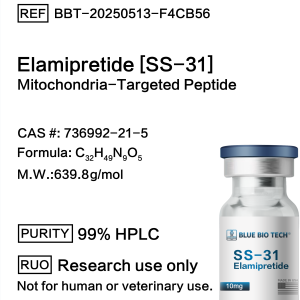
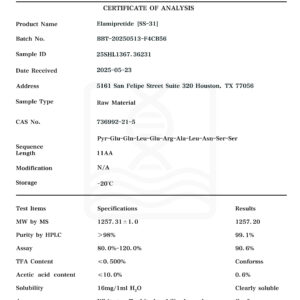
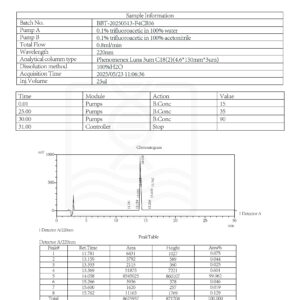
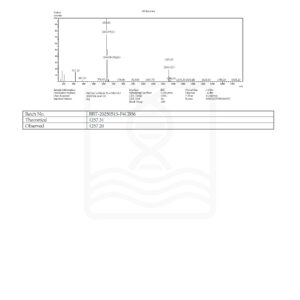
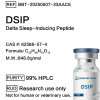

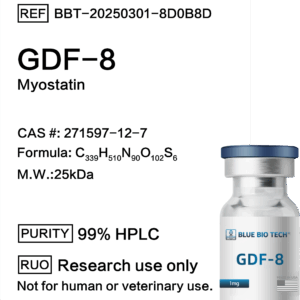
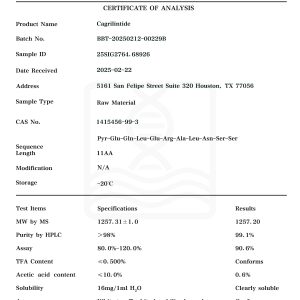
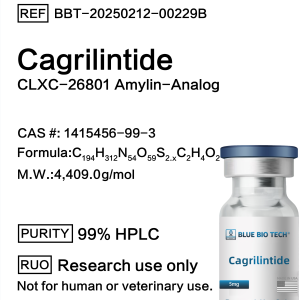
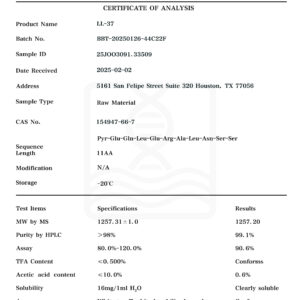
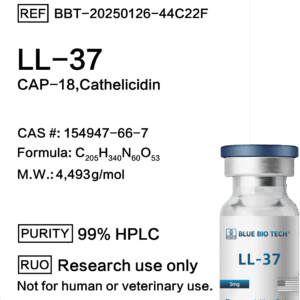
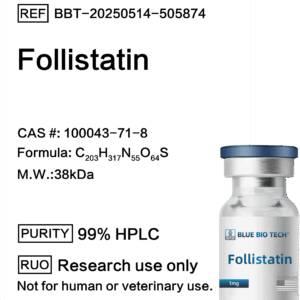
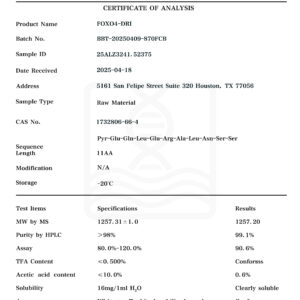
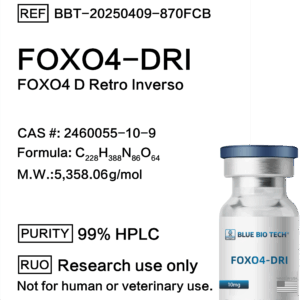
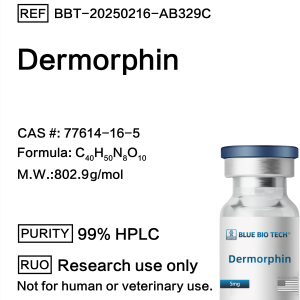
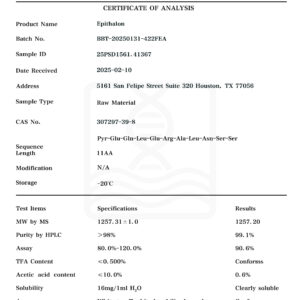
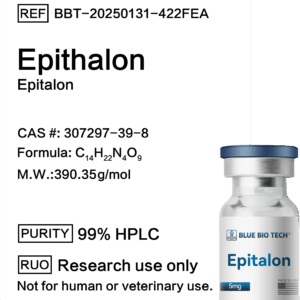
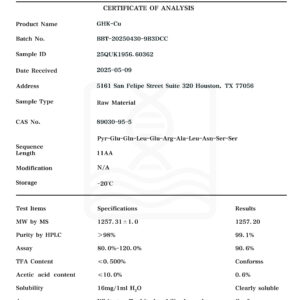
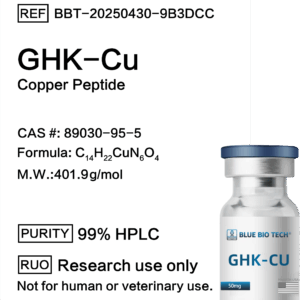
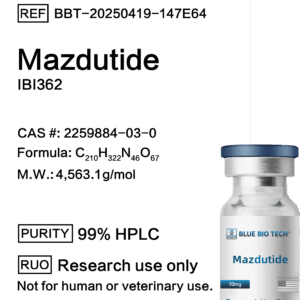
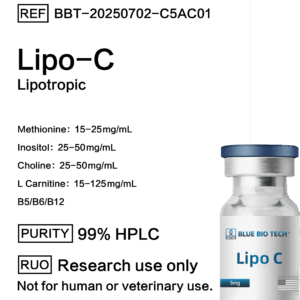

Reviews
There are no reviews yet.